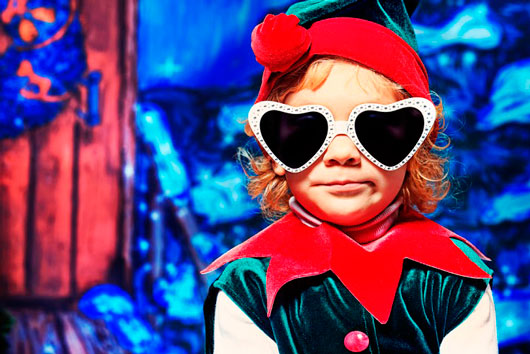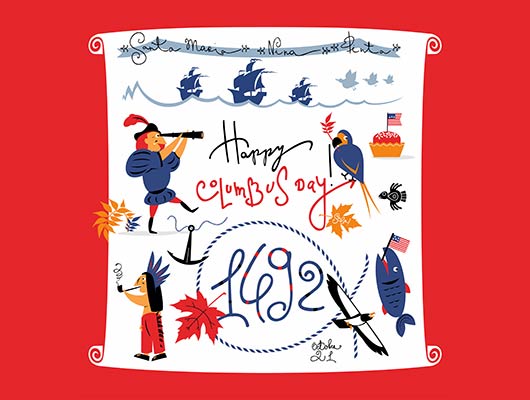
This year Columbus Day falls on Monday, October 12 so start making those Columbus Day weekend plans! But first take a moment to remember that this holiday is much more than a three-day weekend. It originally commemorated the day Christopher Columbus first set foot in the New World in 1492. Partly because Columbus was Italian and partly because there is some controversy about whether his arrival in the Americas should be celebrated, it’s increasingly become a day to honor Italian-American heritage and our nation’s history.
1. The first official Columbus Day celebration was held by Tammany Hall in 1792. Tammany Hall was originally a social club but became a major influence in New York City politics from the 1800s to the 1930s.
Read Related: 10 Surprising Facts About Labor Day
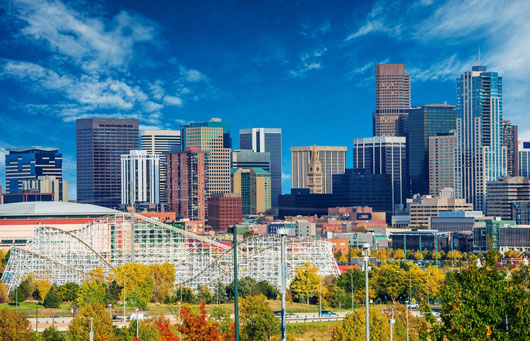
2. Colorado was the first state to declare Columbus Day a legal holiday in 1907.
3. Franklin D. Roosevelt proclaimed Columbus Day a national holiday in 1937. It was originally observed on October 12 but, in 1971, it was changed to the second Monday in October. Which means this year it’s a total coincidence that we’re actually celebrating it on the 12th!
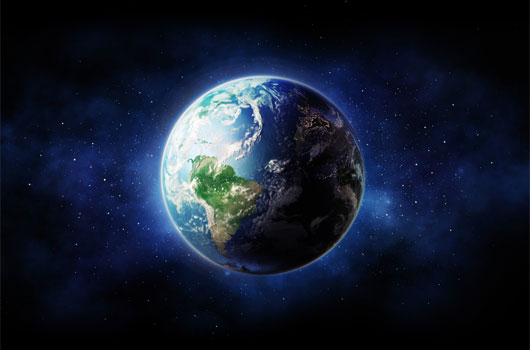
4. Contrary to popular myth, Columbus’ expedition had nothing to do with proving the Earth was round. He was actually looking for a direct trade route to Asia and great wealth.
5. When he landed in the New World, Columbus thought he’d made it to the West Indies. Hence he called the natives Indians.
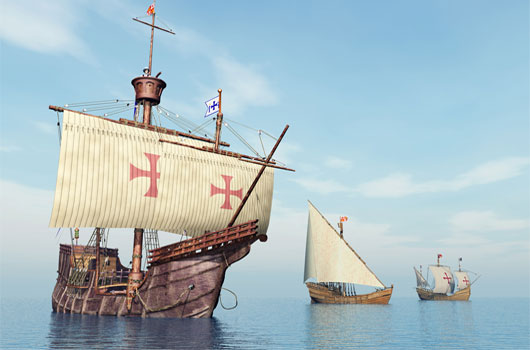
6.The Santa Maria, one of the three ships Columbus took on his expedition, shipwrecked on Christmas Day in 1492 off the coast of Haiti.
7.The Vikings actually arrived in the New World (Greenland and Newfoundland) in the 1100s — well before Columbus sailed.
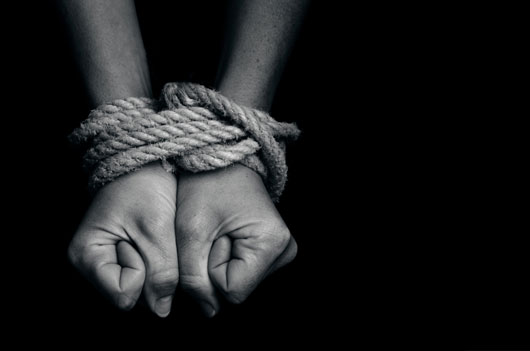
8. Sadly, Christopher Columbus made much of his money as a slave trader and enslaved many of the indigenous people he encountered.
9. Many populations in the Americas were decimated by diseases, like smallpox, brought by the Europeans. According to the Oklahoma Medical Research Foundation (OMRF), “In Hispaniola, Columbus’ first stop in the Americas, the native Taino population (an indigenous Arawak people) had no immunity to new infectious diseases, including smallpox, measles and influenza. There were an estimated 250,000 indigenous people in Hispaniola in 1492. By 1517, only 14,000 remained.”
10. Many Latin American countries celebrate Columbus Day also, calling it Dìa de la Raza. Much like it has evolved into more of a celebration of our heritage in the U.S., Dìa de la Raza has evolved into a tribute to Hispanic heritage and activism.






